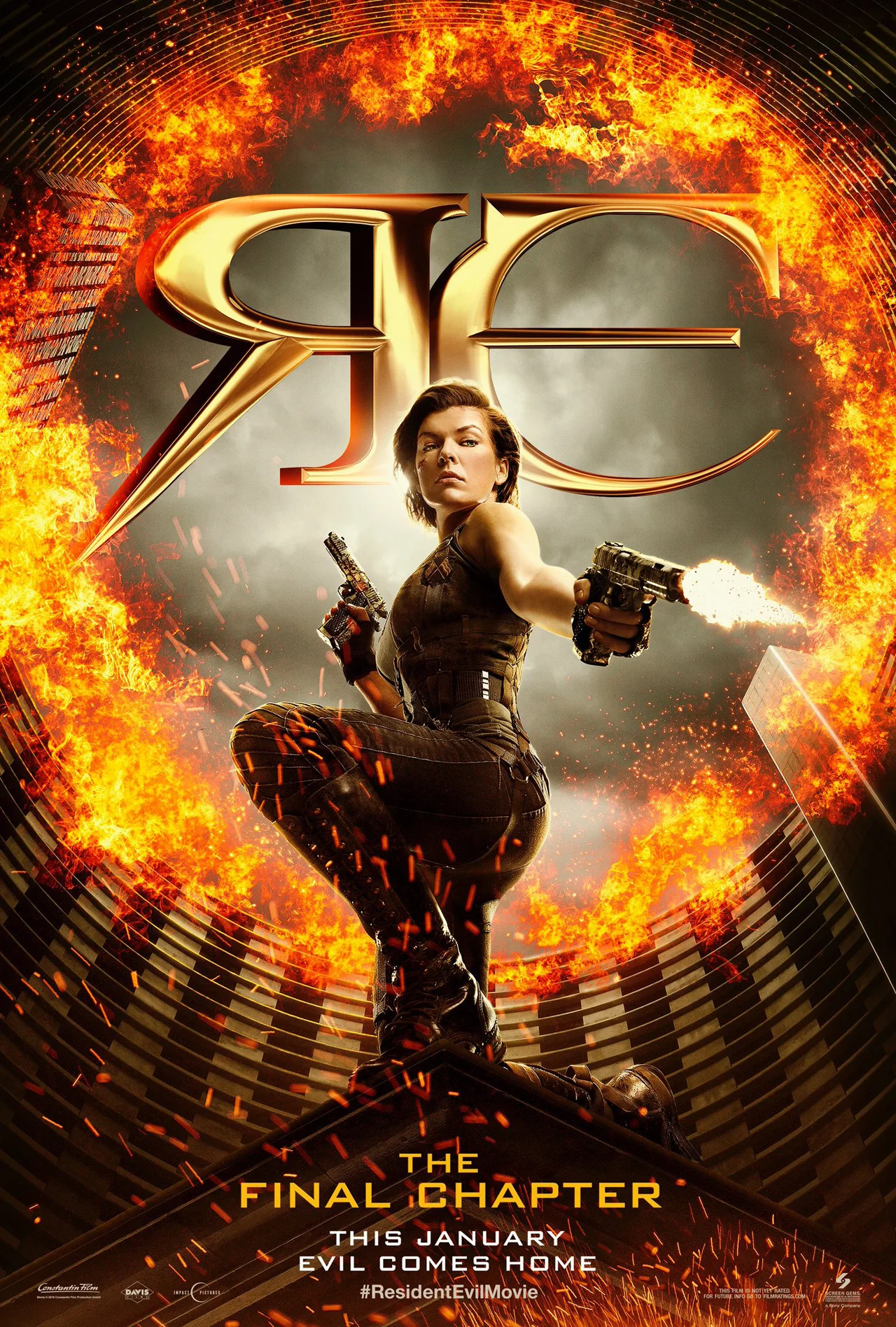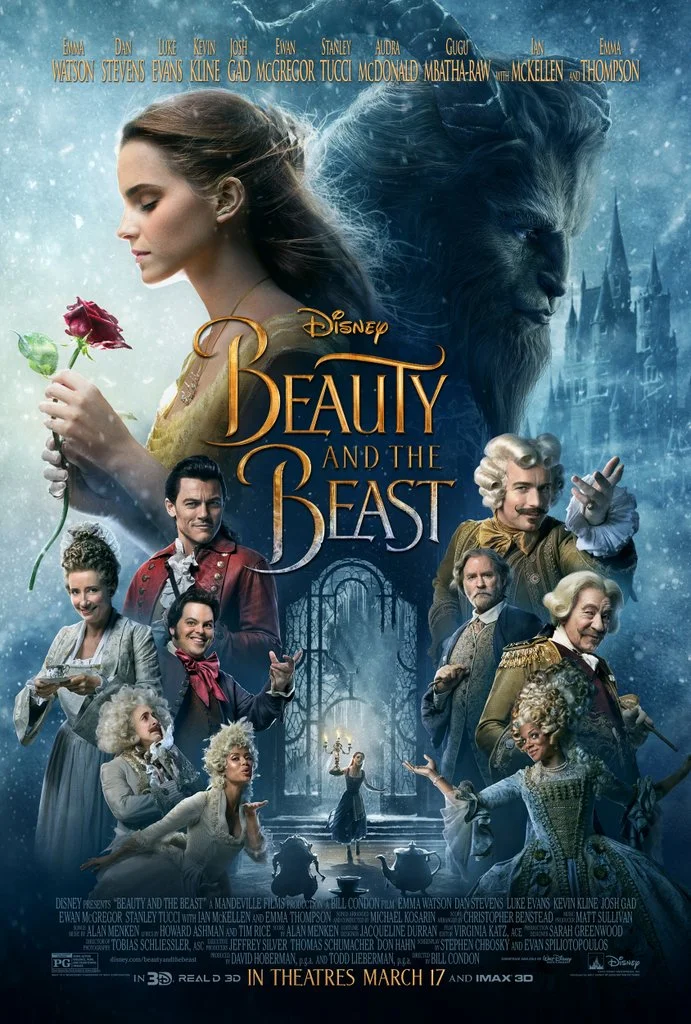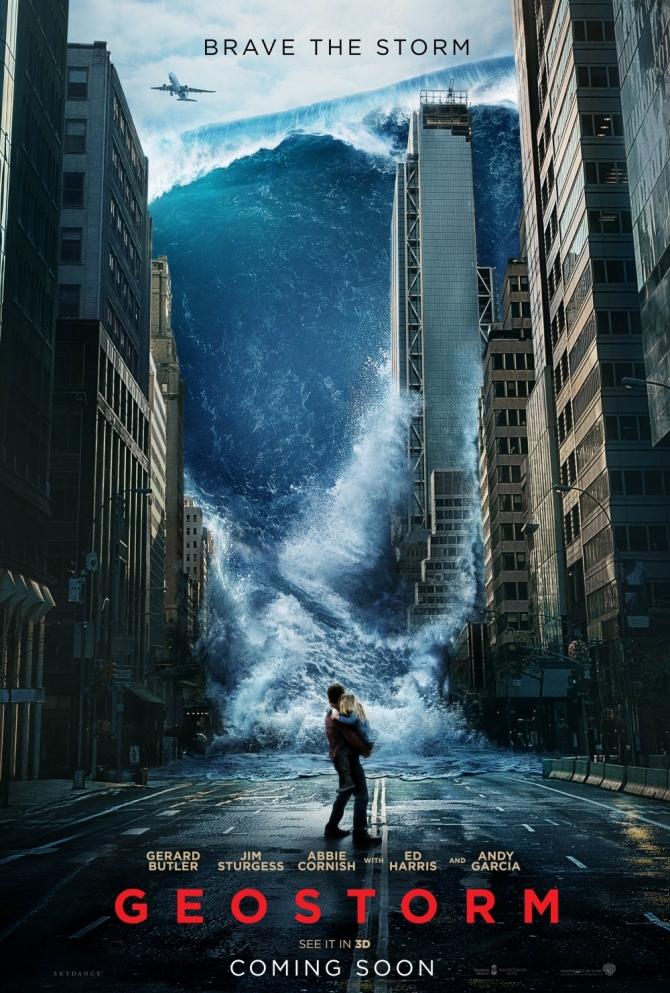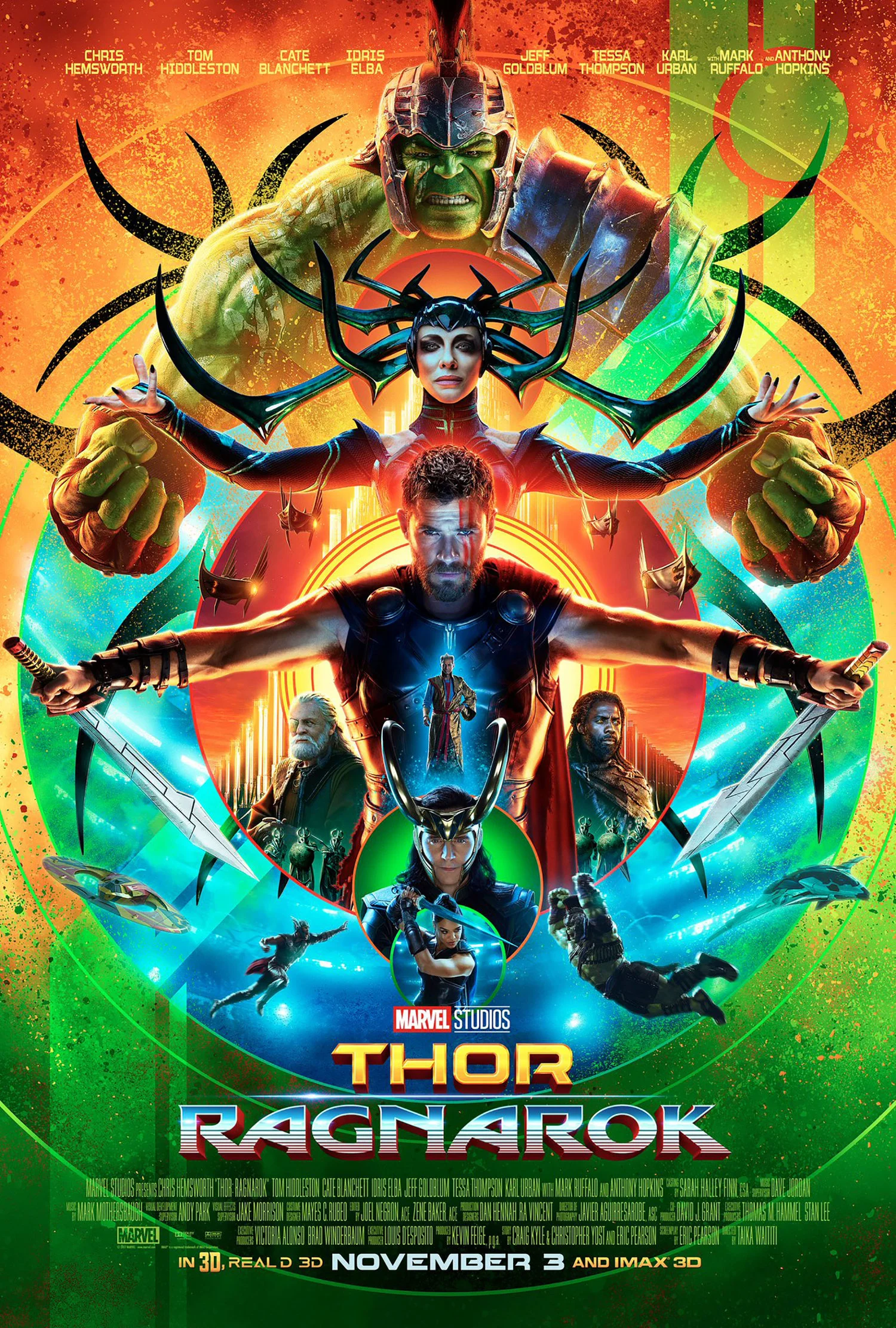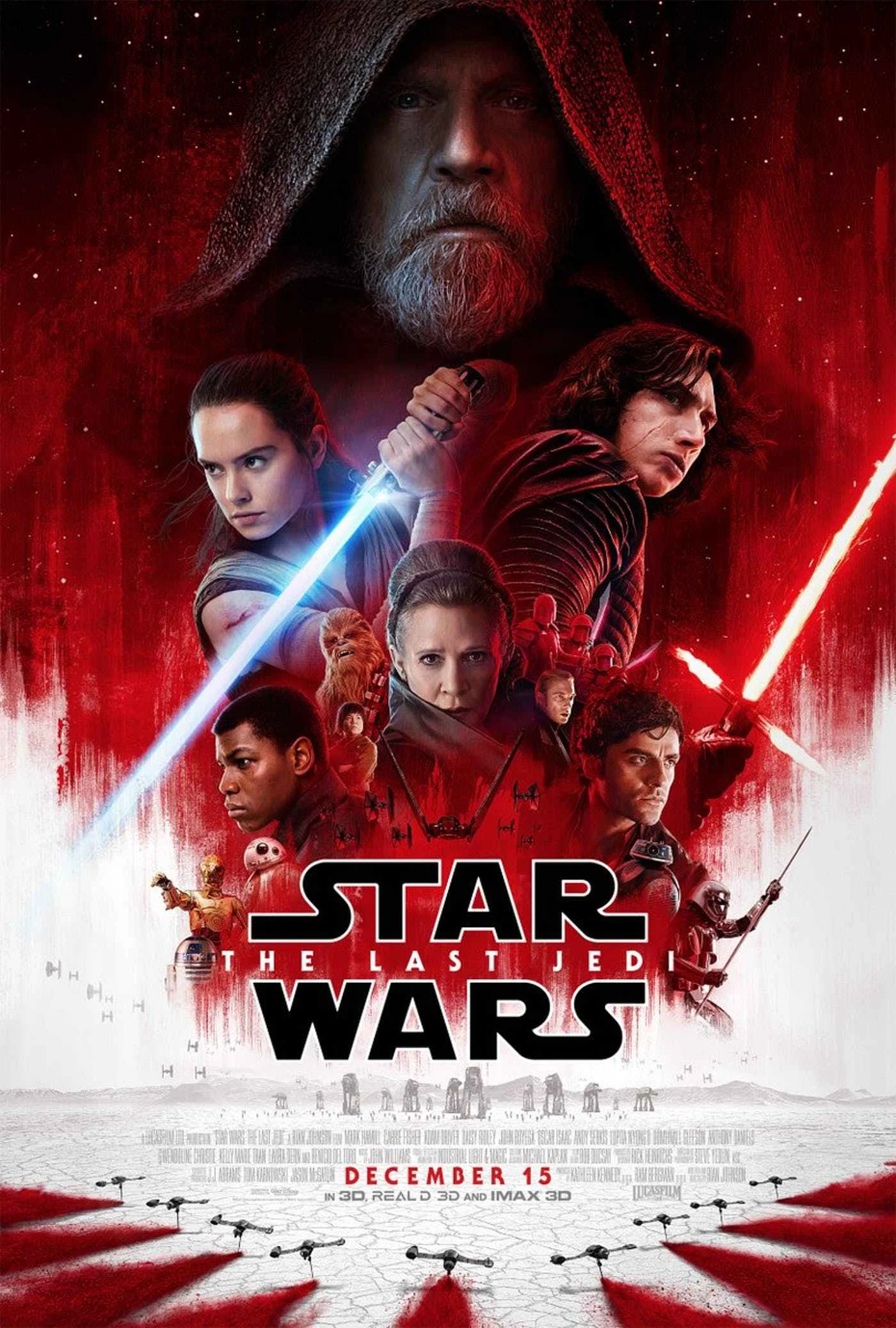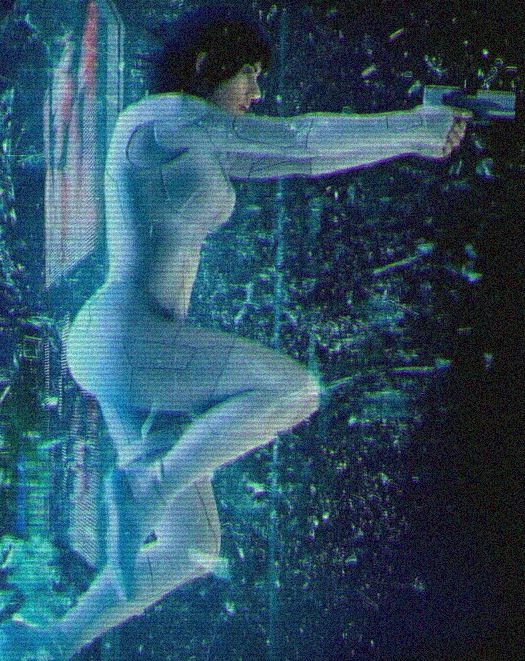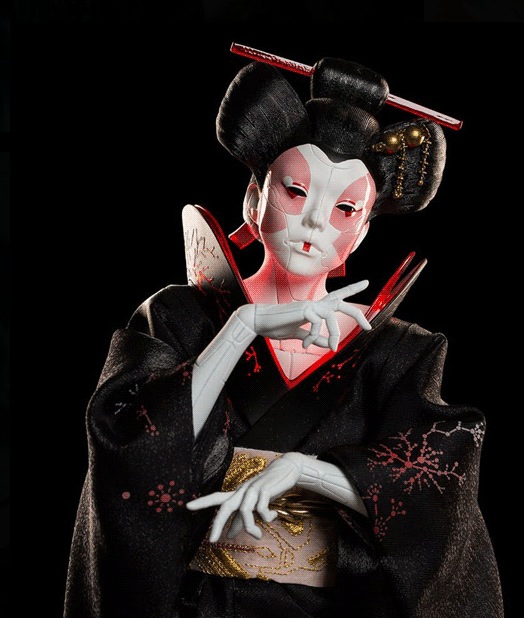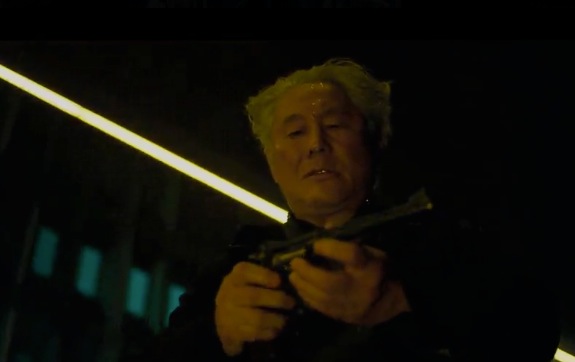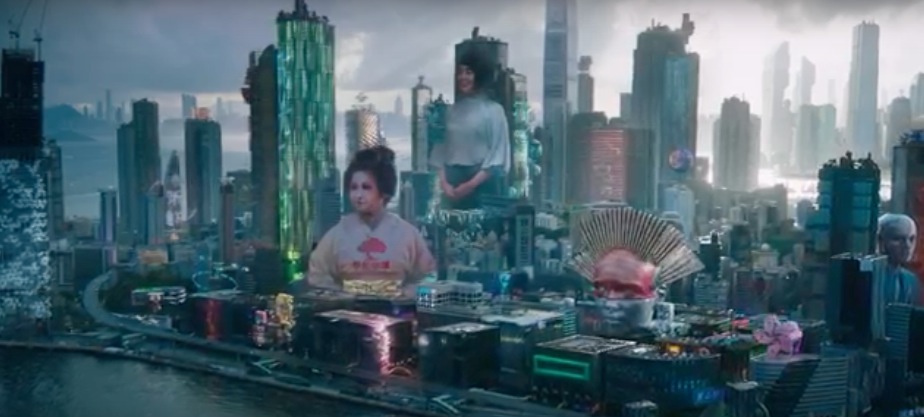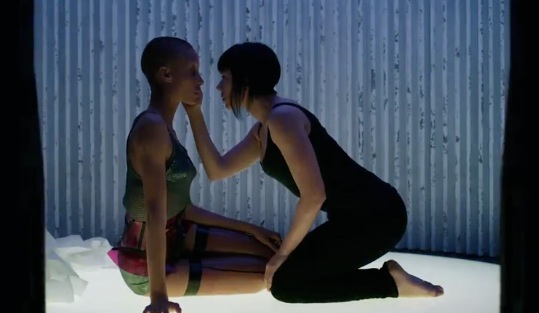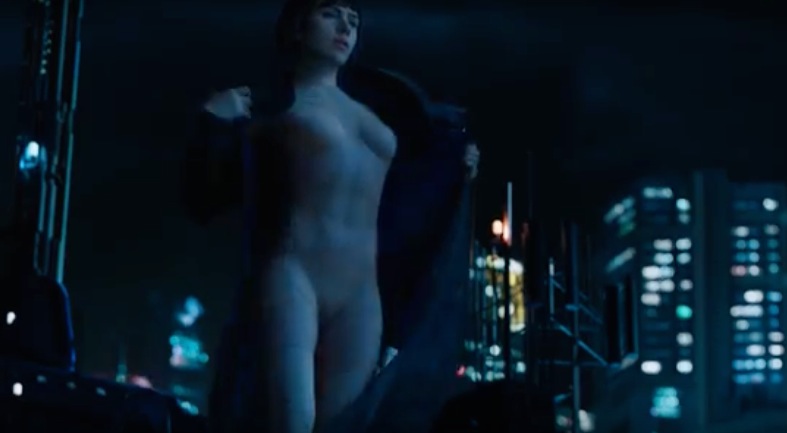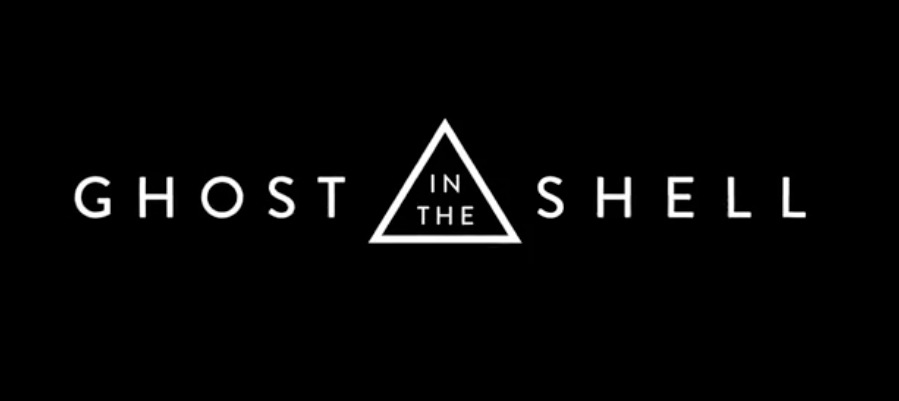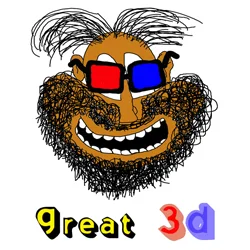I was first introduced to Ghost in the Shell during an animation renaissance of the mid 1990's. Japanese anime was a rare treat in theaters, and a North Dallas cinema was showing Ghost in the Shell (1995) on one screen, for one night only. The show was sold out , and as we rushed to our seats before the opening scenes, we had no idea what a treat that we were in for. Ghost in the Shell (1995) was an animated film that took chances much in the same spirit as Akira (1988), and broke new ground with American audiences with its level of complexity and maturity.
Ghost in the Shell had been a manga publication for several years leading to its full length animated debut, and the Japanese language with English subtitles let viewers know that the production was unapologetically foreign and authentic. No English dubbed dialogue - just an excellent storyline and quick action that caused movie goers that night to completely forget that the film was entirely animated fantasy. In that moment, it seemed as real as any movie that I had ever enjoyed; I was captivated.
Fast forward to 2017. My only exposure to the franchise outside of the 1995 anime were Stand Alone Complex (2003-2004) and its second season S.A.C. 2nd GIG (2004-2005). I had only enjoyed these installments on Adult Swim via the Cartoon Network, so I was excited to see the genre making a reprise in cinema, much as it had twenty-two years ago. The aforementioned titles had been released a long time ago, and I was ready to allow this installment to stand up on its own, with even more and greater things!
Ghost in the Shell is a story about cybernetic technology in the future, whereby genetic modification and human enhancement is as commonplace as today's smartphone. It's a story about the condition of humanity in a world of technological advancement, which blurs the distinction between human and machine.
A young woman, Mira Killian, wakes from an advanced surgical operation, whereby her brain has been carefully transplanted into the body of a beautiful, humanoid robot. After much training and becoming accustomed to her new, powerful body, Major Mira Killian becomes an invaluable member of a special forces operative for the Hanka Corporation that saved her.
Throughout this 2017 incarnation of Ghost in the Shell, I sensed much influence from other sci-fi directors and films, namely Ridley Scott's Bladerunner (1982) in cinematic style and ambiance, and perhaps even a splash of Lana and Lilly Wachowski's Matrix (1999) for its slow motion action within a technological world where nothing is as certain or final as it seems. Maybe if the production had simply allowed one of these directors to have led the screenplay, it would have been a more complete and dynamic release.
That said, director Rupert Sanders correctly assumes that the majority of his viewing audience will have had no previous exposure to the original story, and the first half of the film revisits those underlying themes with some creative liberties that don't stray too far from the original movie and series. But by the second half of the film, just as the action was beginning to suck the audience back into full attention, it dawned on me that everything seemed a bit muted for an anime remake.
Certainly there are scenes in anime production that wouldn't be received as well in live action with physical performers, but it appeared as though the producers were trying to cast a very wide net, as to be a little something for every curious movie goer, all the while sealing the movie's fate as being bland and unremarkable.
A movie as this is likely never going to be an instant blockbuster; the audience is unique and curious when attending a movie of this genre, so it's important to leave them with something that will become a slow and boiling cult classic that will reprise and age well. 1982's Bladerunner itself was a theater release flop that returned to greatness once audiences had a chance for a second look at the cinematic masterpiece.
Make no mistake, the movie did entertain me. The 3D visuals really came to life during Major's dangerous “deep dive” into a Geisha robot whose mind was riddled with viruses by hackers, but contained information invaluable to the protection of Hanka Corporation's interest. When Major was attacked by an uncountable number of these viruses, the depth, scale and emotion of this scene became my favorite in the film, not only for its cinematography, but because of the uncertainty of its conclusion.
My chief complaint with the film was that some of the dramatic conclusions and brutality of the screenplay occurred off screen, as though audiences either were imaginative enough to fill in the level of onslaught that were about to occur, or that their young minds weren't mature enough to be able to watch any violence outside of that which might occur within any modern video game title.
In this, I assert that Ghost in the Shell (2017) didn't go far enough with violence, sensuality and respect for its original creators and audience demographic. It started with a PG-13 rating, which tells audiences that this is a movie for young people that won't take any real chances with the production. A better release would have been a solid R-rated film that could have gone much deeper in affecting the minds of movie goers.
Since this recent release of Ghost in the Shell, there has been much discussion about whitewashing and its being the basis of the movie's box office failure, but a good film can often steer around such criticisms when it's well presented and shocking to viewers and critics alike. I suggest that Scarlett Johansson placed within the starring role of this movie demonstrates that it was made for American audiences and producers looking for a name to sell tickets.
But Johansson's failure in this movie had little to do with her nationality or her neutral acting technique that bordered on that of Keanu Reeves, and more to do with the fact that the director and producers tried to be too much to too wide of an audience without considering the glory that was theirs for the taking - if only a few chances and creativity were thrown into the screenplay.
Johansson's inclusion in this film places her within an uncertain realm of making poor movies in between her filming with Marvel Studios. I think that it's been all of three years since Lucy was released in theaters, and even Morgan Freeman couldn't save that flimsy plot within a cliché film. This film seemed to be an aesthetic fit for Johansson. In costume, she did look very much like the original Motoko Kusanagi in the animated releases.
Overall, whitewashing had little to do with my disappointment in this movie. It was just a summer flick that was improperly timed, that was entertaining but underwhelming. It could have been a great film, even with its racially mixed cast. By far, the best part of this movie was within the only new and interesting ground that it mustered the courage to manifest – its 3D effects. Unfortunately, special effects cannot make a good film – it can only enhance it. Hopefully, it won't take another twenty-years for new producers and directors to make this live action genre into the kind of film that it could have been today.
My Score: 6/10

